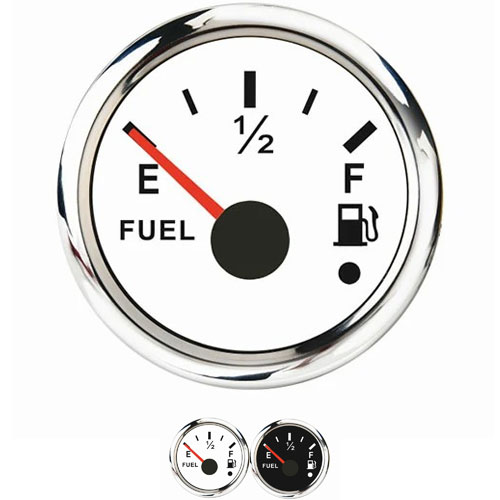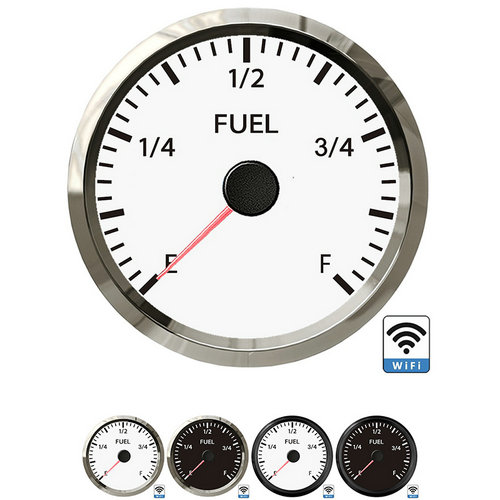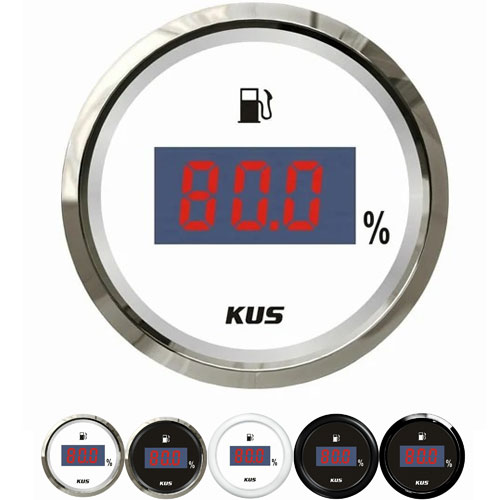fuel level gauge expermental aircraft
The aircraft fuel measurement system refers to a system that continuously measures and indicates the available fuel quality of an aircraft under ground and flight conditions. The measurement of oil quantity under normal conditions is more complex. First of all, as the space on the aircraft is very valuable, it is necessary to improve the utilization rate of space as much as possible, so the shape of the fuel tank is not very regular, and it is necessary to convert the liquid level height into the fuel volume through more complex calculations; Secondly, the aircraft is in flight. Attitude changes often occur in the fuel tank, resulting in inclination of the fuel surface and errors in the measurement results of the fuel volume. Therefore, attitude errors must be corrected difference compensation; The density of secondary fuel is affected by factors such as origin, temperature, and pressure, and changes in these factors can lead to changes in fuel volume this can lead to errors in the calculation of fuel quality, so it is necessary to compensate for fuel density. The fuel system is first measured by the oil level sensor the liquid level height is calculated based on the shape parameters of the fuel tank and the attitude parameters of the aircraft flight, and then multiplied by the fuel density. The measurement result of the temperature sensor is used to obtain the fuel quality. During the above process, accurate measurement of the fuel level precedes accurate measurement of the fuel quantity. Therefore, improving the accuracy and performance of the fuel level sensor is of great significance for improving the performance of the aircraft fuel measurement system.
1. Oil dipstick
On some simple aircraft, a dipstick has been used to measure the fuel level of the aircraft during refueling on the ground and before takeoff. This measurement method. Method is the only reliable measurement method when other measurement methods fail. Nowadays, people generally use a magnetic float oil dipstick. When using it, loosen open the locking mechanism of the dipstick to make it fall under the action of gravity. When the dipstick stops under the action of buoyancy, read the engraving on the dipstick to obtain the amount of oil in the tank. The oil dipstick is the most primitive, simple, and reliable oil level measurement method, but it cannot achieve real-time measurement, It is also not possible to provide fuel volume data to the flight control system through a data bus, so its intelligence cannot be achieved.
2. Float type oil level sensor
Float type oil level sensors were used on early aircraft. It uses the buoyancy of fuel to change the position of the float and drives the brush to change the position. The resistance value of the bridge arm of the transformer bridge can be obtained by measuring the output of the bridge. Float type sensors have the advantages of simple principle and low cost point, but its measurement range is small, indication error is large, and it is prone to failure. Currently, it is only used on some old and small aircraft.
 English
English 






Get a Quote / Info